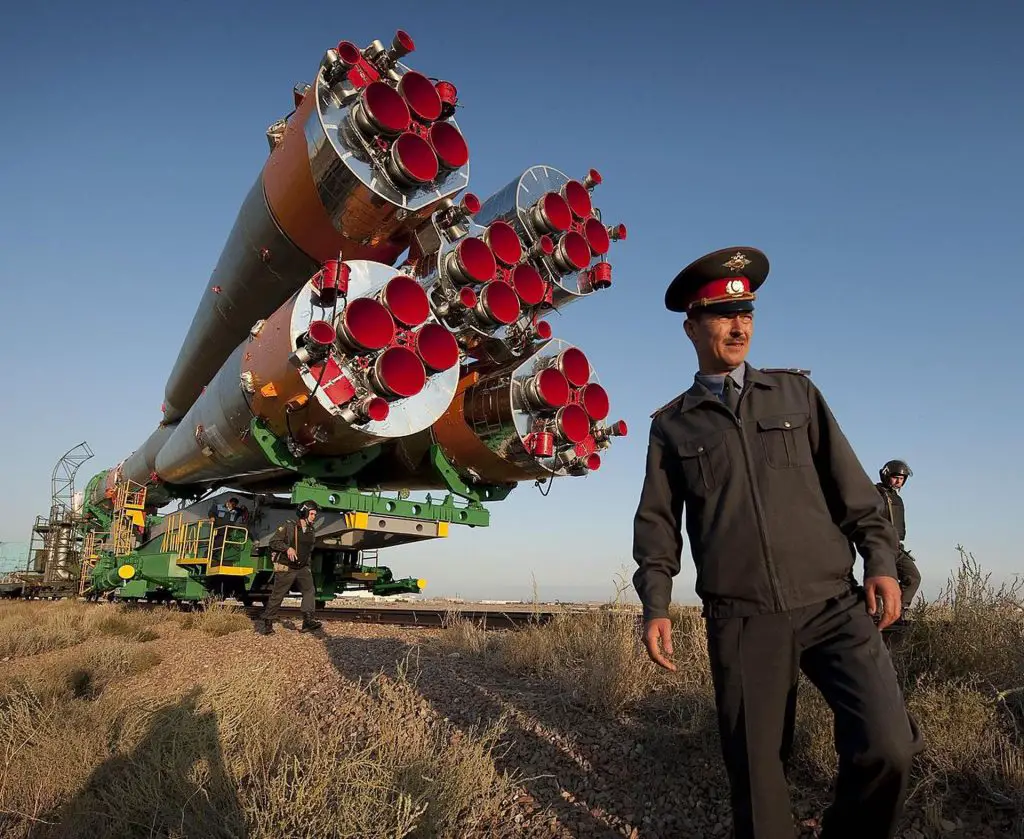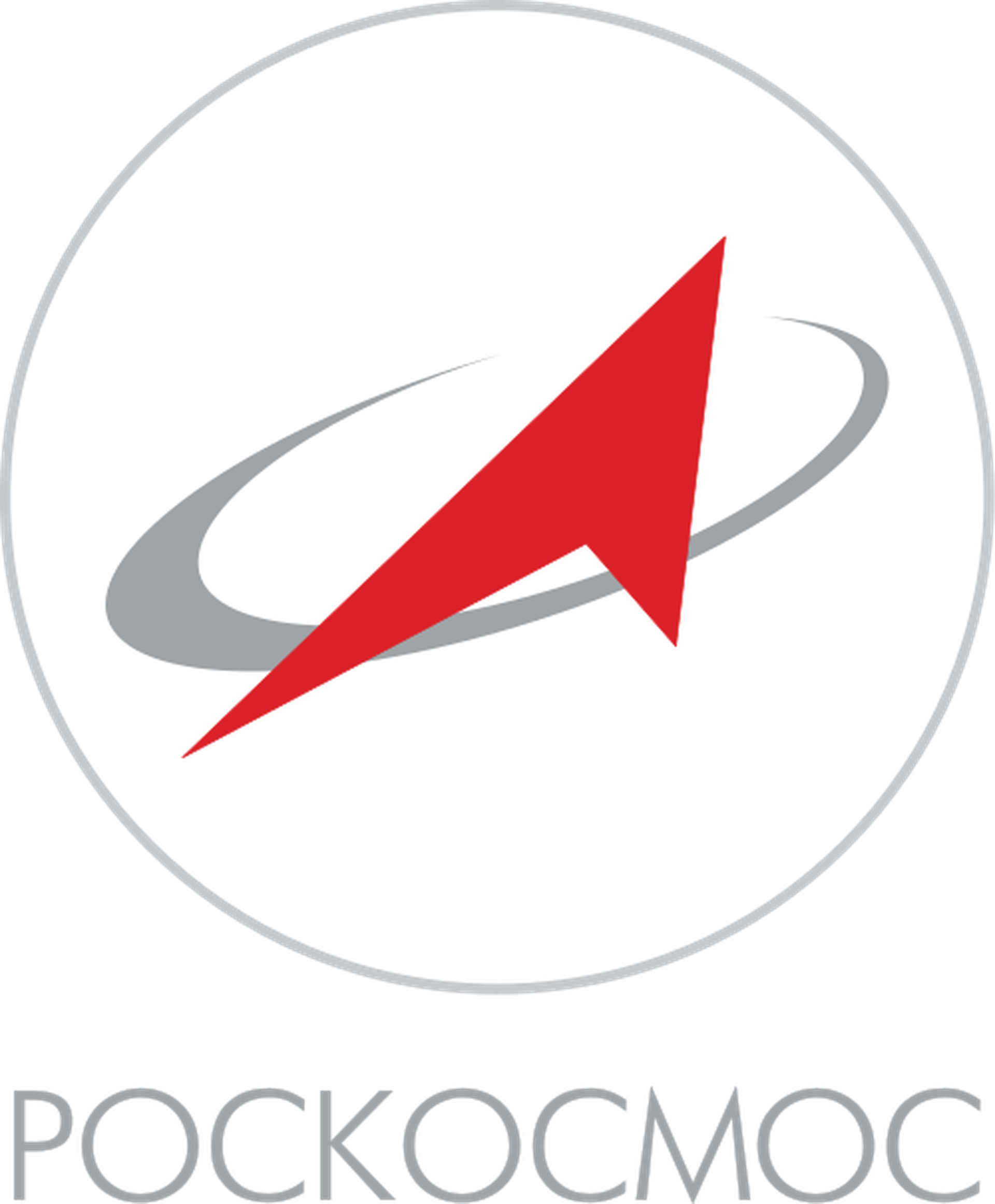
Russian Federal Space Agency (ROSCOSMOS) – RFSA

- Spacecraft: Soyuz
- Abbreviation: RFSA
- Administrator: Administrator: Yuri Borisov
- Country: RUS
Russian Federal Space Agency (ROSCOSMOS) is a Government space agency that was established in 1992. Russian Federal Space Agency (ROSCOSMOS) has 309 successful launches and 11 failed attempts, with a cumulative tally of 320 launches, currently with 8 pending launches in the pipeline. Russian Federal Space Agency (ROSCOSMOS) has a tally of 0 attempted booster landings, of which 0 failed and 0 successful booster landings recorded.
The Roscosmos State Corporation for Space Activities, commonly known as Roscosmos, is the governmental body responsible for the space science program of the Russian Federation and general aerospace research. Soyuz has many launch locations the Russian sites are Baikonur, Plesetsk and Vostochny however Ariane also purchases the vehicle and launches it from French Guiana.